Shares of Netflix and other streaming services have seen a significant increase in recent years, with the company announcing a record-breaking 230 million subscribers in 2024. The rise of TikTok and the shift in viewer behavior have led to a new era in television production, with the emergence of vertical micro-dramas and a focus on creating content that can be easily consumed in short, bite-sized chunks.
Industry insiders point to the growing trend of viewers watching TV while simultaneously scrolling through their phones, often with the show playing in the background. This has led to a shift in the way content is created, with producers and writers adapting to the changing viewing habits of their audience. "We're seeing a lot of shows being made with the assumption that viewers will be multitasking," said a Netflix executive, who wished to remain anonymous. "It's not just about creating content that's engaging, but also content that can be easily followed even if you're not giving it your full attention."
The rise of vertical micro-dramas is a direct response to this shift in viewer behavior. These short episodes, often ranging from 45 seconds to several minutes, are designed to be easily consumable in short bursts. They often feature over-the-top premises and are intended to grab the viewer's attention quickly. "We're seeing a lot of success with these types of shows," said Kris Jenner, a producer and entrepreneur who has invested in several vertical micro-drama projects. "They're perfect for viewers who want to get a quick fix of entertainment without having to commit to a full-length episode."
The shift in viewer behavior is not limited to the type of content being created. It's also affecting the way writers are crafting their scripts. According to a report by the magazine n1, Netflix executives are asking their screenwriters to include voiceovers and other narrative devices to help viewers who are watching the show in the background. This has led to criticism from some in the industry, who argue that this approach is "dumbing down" the script. "It's a trade-off between making content that's engaging and making content that's easily followable," said a writer who wished to remain anonymous. "I'm not sure it's the right approach, but it's definitely a trend that's here to stay."
The impact of this shift in viewer behavior is being felt across the industry, with companies like Disney and Warner Bros. investing in vertical micro-drama projects. The trend is also having a significant impact on the way TV is marketed and promoted. "We're seeing a lot of emphasis on creating content that's shareable on social media," said a marketing executive at a major studio. "It's not just about promoting the show, but also about creating a community around it."
As the industry continues to adapt to the changing viewing habits of its audience, it's clear that the traditional model of TV production is being turned on its head. While some are hailing this shift as a revolution in entertainment, others are warning that it's a sign of a larger problem. "We're losing the art of storytelling in favor of quick hits and easy entertainment," said a veteran writer and producer. "It's a trend that's worth watching, but it's also worth questioning."
In the meantime, viewers can expect to see more vertical micro-dramas and other types of content that are designed to be easily consumable in short bursts. As the industry continues to evolve, it will be interesting to see how this trend plays out and what impact it will have on the future of television.
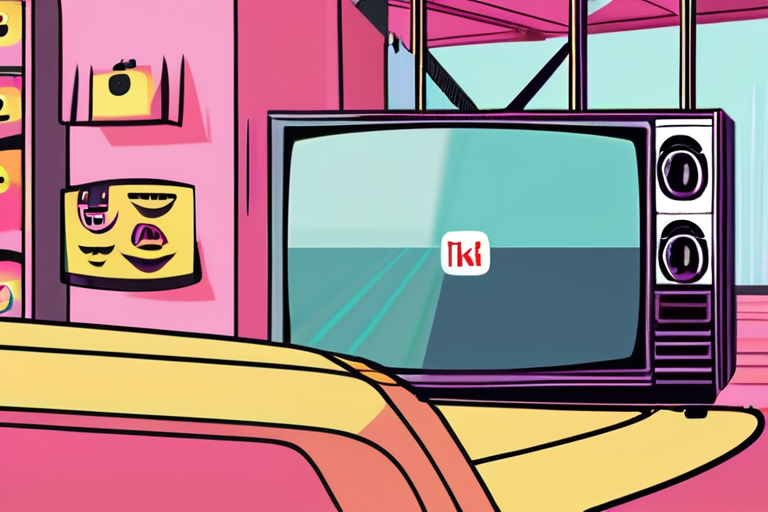


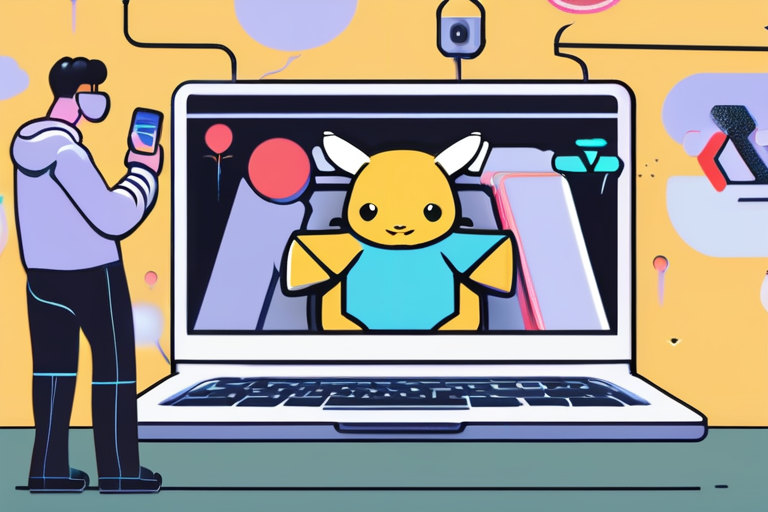

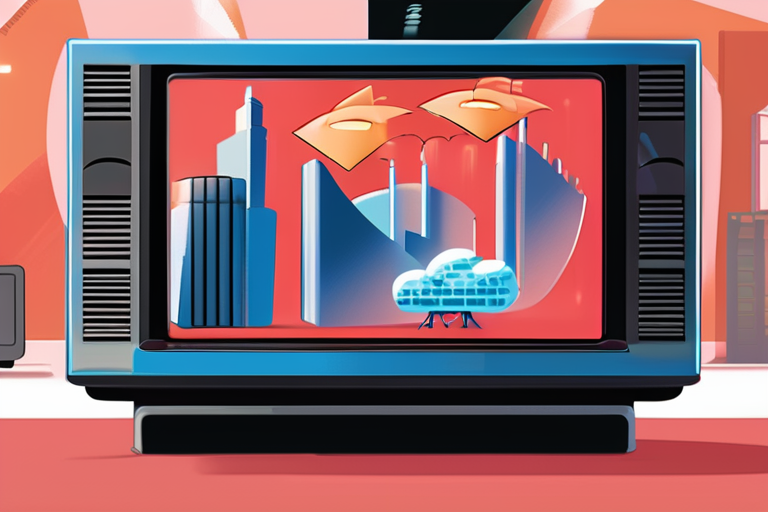

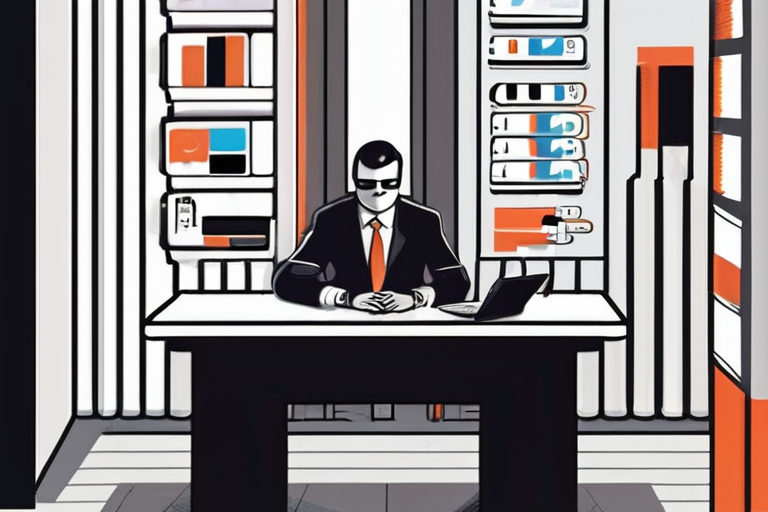







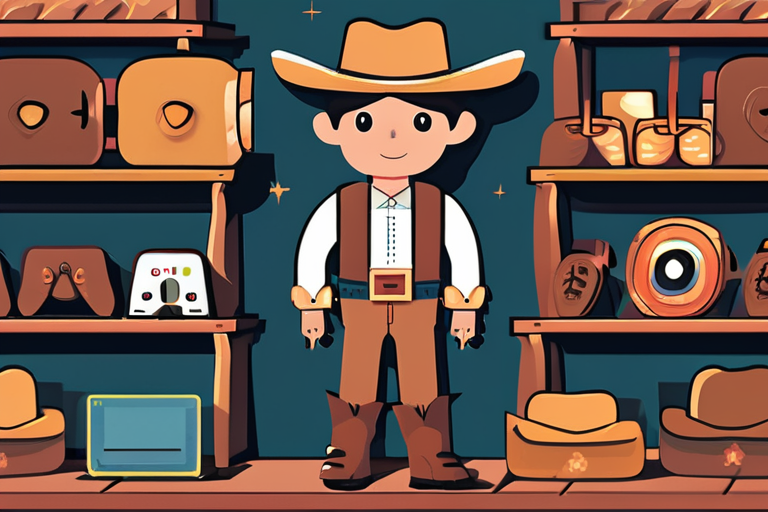

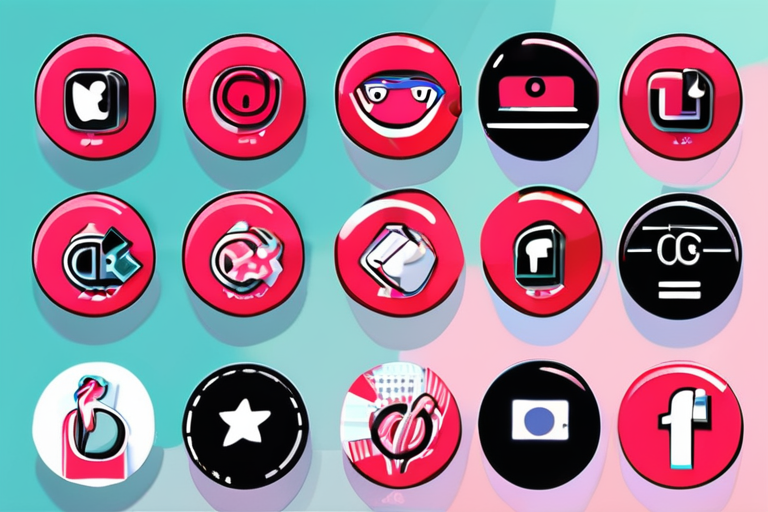









Share & Engage Share
Share this article